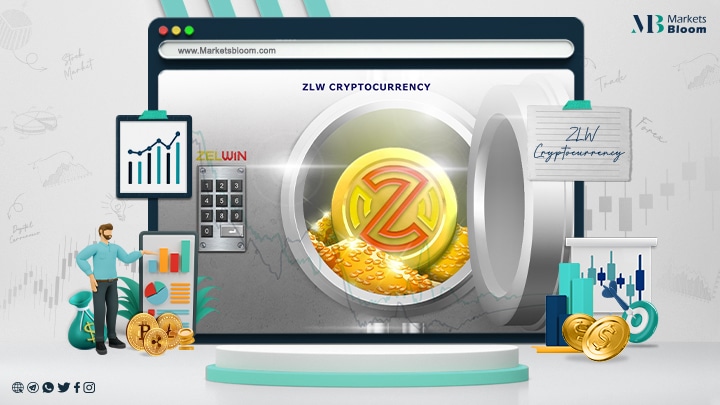What is Bitcoin?

In this article we are going to discuss the basic questions about BITCOIN: How does it work? How does Bitcoin mining work? Is Bitcoin risky? And more. Also giving a preview of advanced Bitcoin concepts, such as blockchain, Bitcoin payments, and transfers.
What is Bitcoin?
Bitcoin is a digital or cryptocurrency because it uses cryptography to protect transactions within its infrastructure, which represents a distributed online database, or ‘blockchain’.
What is the abbreviation for Bitcoin?
The abbreviation for Bitcoin is BTC.
How does bitcoin work?
It gives the chance to make fast, secure, and low-cost peer-to-peer payments without the need for a bank or a central processor. The transactions are digitally signed with extraordinary private keys, which proves that they’ve come from the owner of the wallet.
What is blockchain technology?
A blockchain is essentially a decentralized public ledger of all BTC transactions that have ever been executed. A specific number of transactions forms a database unit, known as a ‘block’, and each block stores information about the past block. Each transaction stores information about its previous transaction. This way.
What is BTC Mining?
Once a current block is formed in the blockchain, it is rewarded with 12.5 Bitcoins, which happens approximately every 10 minutes. This is a reward for the mining process, which is spending the electric and computational power for the support of the network. Mining includes a lot of people and specialized companies worldwide and makes the basic value of BTC.
The system produces new Bitcoins automatically and self-regulates the activity of this process, so there is no way to circumvent the global rules and get bitcoins faster, other than through scaling the investments with mining hardware and consuming more on electricity bills. The reward per block will halve in 2020 and will continue halving every 4 years until 21 million Bitcoins are created. This means that Bitcoin has a limited potential for value growth.
Who Invented Bitcoin?
It was invented by Satoshi Nakamoto, who published the invention on 31 October 2008, in a cryptography mailing list within a research paper called Bitcoin: A Peer-to-Peer Electronic Cash System. What is more interesting is that his name is an alias used by an unknown person, who designed Bitcoin originally. In 2016, Australian manager, Craig Wright, declared himself as ‘Mr. Bitcoin’ – a request that has been generally accepted by leading members of the Bitcoin community.
When was bitcoin produced?
The financial history of Bitcoin starts in 2010 when someone ordered a pizza. And The pizza wasn’t the most significant part of the transaction – but what was used to give for it was. The meal cost 10,000 BTCs, which was the first time this virtual currency was used to purchase something in the actual world. The day is now yearly celebrated by Bitcoin enthusiasts as Bitcoin Pizza Day.
Bitcoin’s use and value have risen significantly. If that customer had been onto those 10,000 Bitcoins, they may not have produced history, but they would have been around $20 million better off many years later.
Where can you spend bitcoin?
There are lots of things you can purchase using Bitcoin – besides pizza! There are even more places that accept it. According to Coindesk, in 2015, the number of retailers that accept Bitcoin collapsed. Some of them were online e-commerce sites, but a rising number of brick-and-mortar stores are now also accepting BTC. The list is growing, and quickly you might be able to spend it anywhere. Here are some examples of products you can purchase using Bitcoin, and places you can do so:
Common household Items
Video games
Gift cards
Travel
Food
Cars
Tipping and charity
Online and offline shops
Most Bitcoin payment processors will also provide a QR code at the checkout, which represents a Bitcoin address and a payment amount. QR codes are very handy, making it easy to pay via the Bitcoin wallet application on your smartphone. Simply scan the QR code and it will pre-fill the recipient’s Bitcoin address, and the demanded payment amount. Once you send the transaction, the payment is finished.
Are Bitcoin Transactions Traceable?
It is totally transparent. All its transactions are unrestricted, traceable, and permanently saved in the Bitcoin network. its addresses are the only information used to mark where Bitcoins are allocated, and where they are eventually sent. These addresses are made privately by each user’s wallets. Since users normally have to show their identity to get services or goods, Bitcoin addresses cannot remain completely anonymous. Also, the Bitcoin network is a peer-to-peer network, and it is probable to log user’s IP addresses.
Which Countries Back Bitcoin as a Currency?
The legal state differs from country to country, but the list of countries that accept the BTC is constantly growing. It works separately from any central bank, contrary to other popular currencies (e.g. the US Dollar and the Euro). The Bitcoin network does not have any other central point or personal administrator either, which makes it a decentralized digital currency.
Bitcoin’s fundamental value is created through mining and is firmly tied to electricity and computer hardware costs, while the rest of its value is supported by its short amount, with a slow production process and rising demand. Bitcoin is expanding over the globe as a valid way of payment for which you can buy different goods and services, which is increasing the demand even further.
Is It Legal?
Regulations vary country by country. At the moment only Japan officially recognizes Bitcoin as a legitimate currency, while in other countries, there is no particular legislation yet. But you can anticipate seeing national financial regulators become increasingly interested in Bitcoin and other virtual currencies, as long as blockchain technologies continue spreading fast, and the size of the crypto economy keeps growing.
Is Bitcoin Safe to Trade?
It is a volatile asset, with daily price changes over 10% being quite common, which makes it considered unsafe for investing and trading. Of course, there is no great reward without high risk, and you don’t have to invest or use any funds that you cannot afford to lose.
Is Bitcoin a Bubble?
The circumstance surrounding crypto technologies almost matches the dot-com bubble of the early 2000s. There are a great number of blockchain-related plans which publish their ICO’s every day. ICO stands for Initial Coin Offering and is a crowdfunding stage of the project. It is a kind of IPO but in the crypto economy.
Projects are collectively financed by the public who buy their ‘tokens’ in exchange for Bitcoin and other main cryptocurrencies. Of course, just like in any other industry, 90% of projects will fail to deliver a working product, and, likely, it won’t be long from now that we’ll start to see some resonant bankruptcies. Read more
About Marketsbloom:
Markets Bloom is a trading academy consisting of former trading industry professionals. We aim to help all types of traders looking to trade in the financial markets.
By registering with us, you will gain amazing insights into common issues traders face as well as how to instantly improve your trading approach. Our team of experts will be with you every step of the way on your journey to becoming a better trader.
For more information on our services contact us




